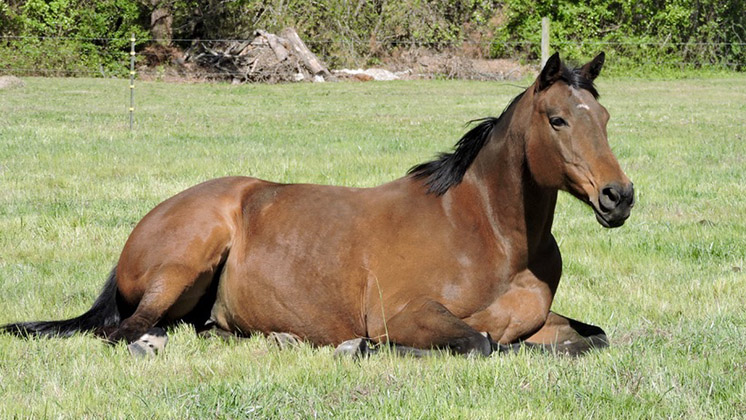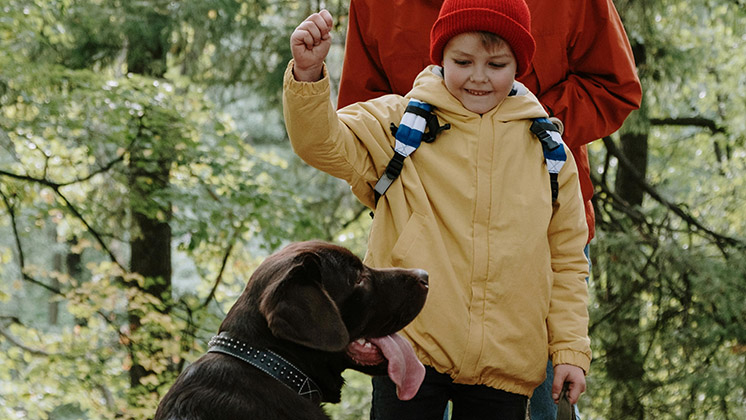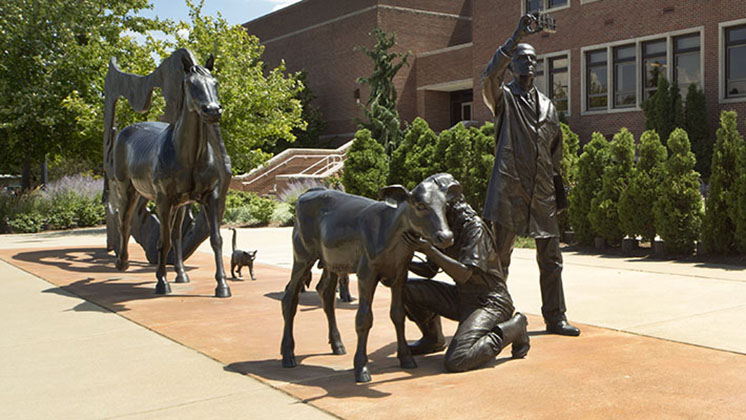Advancing Human-Animal Interaction Research

The field of human-animal interaction (HAI), known for exploring the profound relationships between people and animals, has grown rapidly in recent decades. This progress is thanks in large part to partnerships between researchers and practitioners. However, building and maintaining these collaborations effectively is vital to elevate scientific standards and achieve meaningful outcomes.
Why Collaboration Matters
Academic researchers bring rigorous methodologies, while practitioners provide real-world insights and direct access to populations. Together, they tackle diverse projects—whether studying the impact of therapy animals or refining animal-assisted intervention protocols. These partnerships, when well-structured, benefit both human and animal welfare and ensure findings impactful to both practitioners and researchers.
Key Strategies for Effective Partnerships
- Building Trust and Mutual Respect: Researchers and practitioners must recognize each other’s expertise and maintain clear, respectful communication.
- Common Language: Ensuring that both parties share terminology and concepts helps avoid miscommunication.
- Ethics and Inclusion: Adhering to ethical guidelines and fostering diversity is critical, particularly when researchers study populations to which they do not belong.
- Detailed Reporting: Documenting the characteristics of both human and animal participants ensures replicable and valid findings.
- Continuous Communication: Regular updates and discussions keep the project aligned and responsive to any challenges.
An Example in Action
A real-world case highlighted in the paper shows how a university professor and a nonprofit director collaborated to study equine-assisted services for at-risk youth. This multi-step process—from initial discussions to project conclusion—illustrated the value of adapting research designs, finding common goals, and leveraging each partner’s strengths to yield robust, ethically sound results.
Conclusion
The collaboration between researchers and practitioners is more than just beneficial; it’s essential. It promotes higher standards, builds a stronger evidence base, and drives practical improvements in HAI programs. Successful partnerships create a cycle of continuous learning and adaptation, propelling the field forward.
Read the Research Paper
This article was based on the research of Dr. Leanne Nieforth and the HAPI lab. Read the research:
Suggested Articles

Navigating Grief in Equine-Assisted Services Programs
Discover how equine-assisted services practitioners navigate the emotional and practical challenges of losing a program horse, with insights on grief, memorials, and community support.
Read more
Exploring Canine-Assisted Interactions for Children with ADHD
Discover how canine-assisted interventions, paired with cognitive behavioral therapy, enhance social skills in children with ADHD, fostering better human interactions and engagement.
Read more
The Growing Global Landscape of Human-Animal Interaction Centers
Explore the rapid growth of human-animal interaction (HAI) research from 2016 to 2021, focusing on global collaboration, educational integration, and advancing the well-being of humans and animals alike.
Read more
